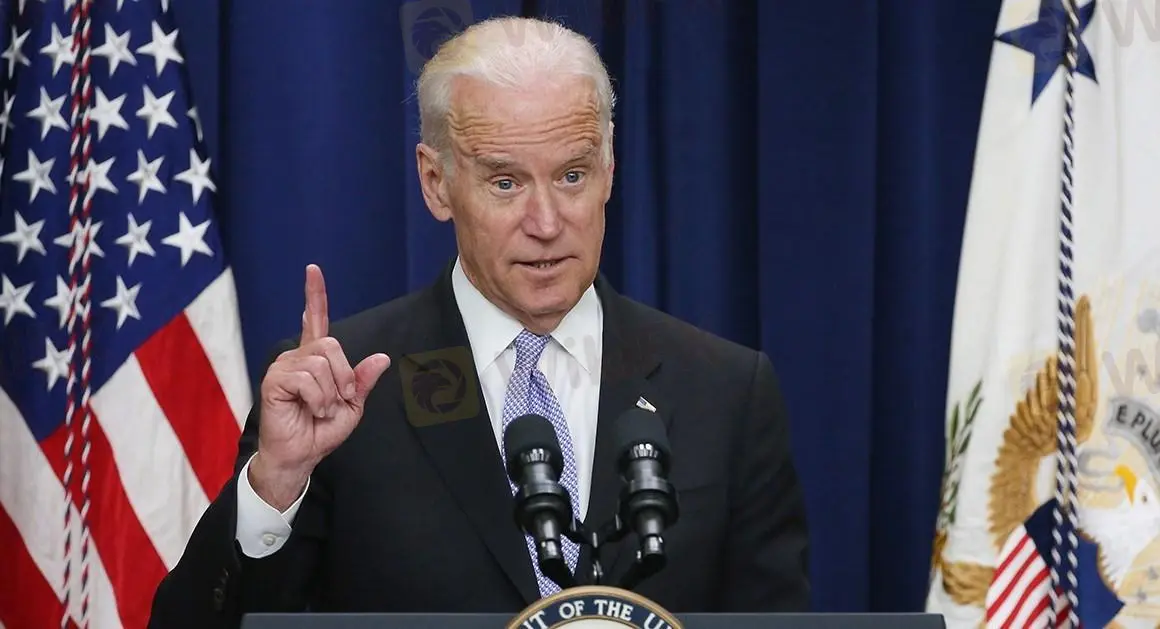简体中文
繁體中文
English
Pусский
日本語
ภาษาไทย
Tiếng Việt
Bahasa Indonesia
Español
हिन्दी
Filippiiniläinen
Français
Deutsch
Português
Türkçe
한국어
العربية
All Eyes on Taxing the Rich as U.S. Embraces New Administration
Abstract:While former Vice President Joe Biden returned to the White House with a record number of ballots, Federal Reserve Chair Janet Yellen was picked to be Treasury Secretary.
While former Vice President Joe Biden returned to the White House with a record number of ballots, Federal Reserve Chair Janet Yellen was picked to be Treasury Secretary. Traders in financial markets are focusing on their fiscal and monetary policies, hoping to capture the following trends of gold, stocks, bonds and currencies as well as the degree of economic recovery. Among these forex issues, what concerns me most is whether the US dollar will reverse in the wake of their return.

The dollar should have rebounded since the DXY has bottomed out after Democrats captured control of the Senate, and since Yellen has made clear at a Senate confirmation hearing that the US does not seek a weaker dollar. But it slid on hearing Yellen's claim that she would oppose any and all attempts by foreign countries to artificially manipulate currency values to gain an unfair advantage in trade. Yellen also called for a hefty stimulus package and said she would examine the prospect of longer-term debt issuance, which leaves traders in the worries of additional fiscal burdens. Although Yellen has pledged to raise taxes sharply, traders decided not to go long on the dollar amid disappointments on the unpredictable launch and the unclear rate.
There is a general consensus among financial markets that the US economy will see a vigorous recovery under the leadership of Biden and Yellen. Traders, however, are worried that the economic revival will come at the expense of the fiscal deficit, which will weigh on the dollar. The key factor determining the dollar's future direction is how many taxes will Biden and Yellen increase on corporations and wealthy Americans. A more-than-expected tax hike will dispel misgivings about an increasing fiscal deficit, sending potential gains to the dollar. Another factor involving the dollar's reversal is the degree of the country's economic recovery. If the US recovers faster than other industrialized countries, chances are the Fed will exit the market earlier than other central banks. In the case of big tax hikes, the retaliatory economic rally may bring chances for the Fed to exit the market, putting the dollar on the track of a powerful rally.
Biden signed seventeen executive orders his first day in office but left Trump's tax plan still on the table, which missed the market expectation. In general, the dollar will decide its direction according to Biden's practice. He pledged to tax the rich more and substantially raise the minimum wage. If there is a serious dilution of the promises, the dollar will suffer from further losses. On the contrary, a retaliatory rally in the dollar is foreseeable, with sharp corrections in commodities and non-U.S. currencies on the cards.
Disclaimer:
The views in this article only represent the author's personal views, and do not constitute investment advice on this platform. This platform does not guarantee the accuracy, completeness and timeliness of the information in the article, and will not be liable for any loss caused by the use of or reliance on the information in the article.
Read more

Dovish FOMC Meeting Minutes Hammers Dollar
The dollar continued to face downside pressure following the release of the FOMC meeting minutes. Concerns were raised by FOMC members over potential labour market deterioration, with the majority of the members signalling that a September rate cut might be appropriate. This dovish narrative provided buoyancy to the equity market, as all major U.S. indexes gained in the last session.

Wall Street Advances Ahead of CPI
The equity markets continued their upward momentum, driven by the easing of the Japanese Yen's strength. The Yen was pressured by a dovish tone from Japanese authorities, signalling that the Bank of Japan (BoJ) might keep its monetary policy unchanged amid rising global economic uncertainties.

Nasdaq Bullish, Encourage by Upbeat U.S. Job Data
The financial markets reacted positively to the upbeat Initial Jobless Claims data released yesterday, which came in at 233k, lower than market expectations. This eased concerns about a weakening labour market and the heightened recession risks that emerged after last Friday's disappointing NFP report. Wall Street benefited from the improved risk appetite, with the Nasdaq leading gains, surging by over 400 points in the last session.

Dovish Fed’s Statement Hammers Dollar
The highly anticipated Fed’s interest rate decision was disclosed yesterday, hammering the dollar’s strength lower as Fed Chief Jerome Powell explicitly signalled that a September rate cut is possible. The U.S. central bank is balancing both inflation and recession risks, with interest rates adjusted to curb inflation while maintaining a solid labour market.
WikiFX Broker
Latest News
Ghana Trader Jailed for $300K Forex and Crypto Scam
US Dollar Surge Dominates Forex Market
Hong Kong Police Bust Deepfake Crypto Scam Syndicate Involving $34 Million
Is it a good time to buy Korean Won with the current depreciation?
Pepperstone Sponsored the "Aston Martin Aramco Formula One Team"
XRP Price Prediction for 2025: Will It Hit $4.30 or More?
Exnova Scam Alert: Account Blocked, Funds Stolen, and Zero Accountability
T3 Financial Crime Unit Freezes $100M in USDT
BlackRock Bitcoin ETF Outflows Hit $332M in Single Day
Terra Founder Do Kwon Denies Fraud Allegations in U.S. Court
Currency Calculator






